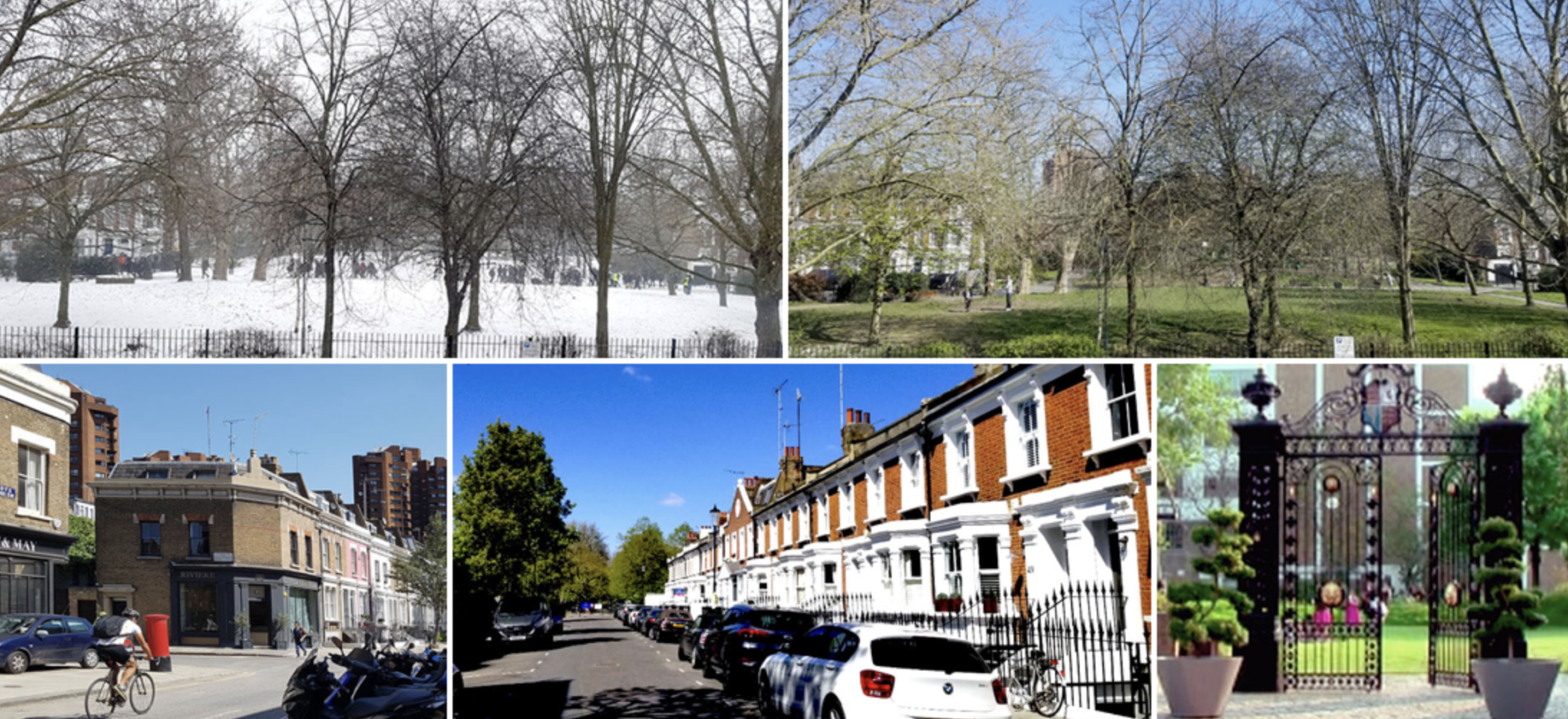The defining characteristic of the proposed area is the exceptional intermingling of small homes with much sought after employment space, creative design studios, a famous Fine Art School, an Academy school and destinations such as the river front and our famous jazz club. However, the coming together of these residential, business, educational and cultural interests takes place within a highly populated footprint. Formal statistics show that the population density in the Chelsea Riverside Ward is the third highest in the borough, with 162.3 people per square hectare, compared to 130.8 in the borough as a whole. Much of this population falls within the proposed area. The population density within the proposed area is set to increase further with the forthcoming occupation of the Chelsea Waterfront residential development. Planning within the proposed area must therefore take account of its crowded nature and the impact of new developments on the economic, social and environmental well-being of existing residents and businesses.
The area has a strong local identity with a long history – from its origins as a market garden and its time as a Victorian pleasure garden, to its more recent past as a grid of high-density terraced housing built for London’s rapidly industrialised workforce, to its current role as a creative hub for design and architecture businesses. In each phase of its development, it has always had a distinctive sense of place both within Chelsea and within London as a whole. The area’s special character is most obviously recognised in the 2014 designation of the Lots Village Conservation Area. Maintaining this character and the area’s strong sense of place can best be achieved through a Neighbourhood Plan, built by and for residents and businesses in the area.
The area contains an important section of RBKC’s riverfront, running from Chelsea Creek to Battersea Bridge. On the completion of the Lots Road Power Station redevelopment and the construction of the Super Sewer, this area will provide a dynamic environment for people to live, work and enjoy as a recreational destination. It will also provide its own challenges to ensure the quality of these opportunities, their integration into the local community and the need to sustain the natural environment and biodiversity of the river and its foreshore.
Social rented properties in the borough and London account for 24,5 and 24.1 per cent respectively but is 41.3 per cent in Chelsea Riverside, leading to a diverse and vibrant community. This dynamic mix of local residents creates a specific need for more local employment opportunities, better public services and good recreational facilities, such as protected green spaces. All needs that can best be addressed through a neighbourhood plan.
The Forum Area includes the Lots Road Employment Zone. As RBKC has recently stated in its borough-wide Local Plan review ‘we are home to a vibrant and a varied business sector which makes an important contribution to the country’s economy. Our business sector is also greatly valued at a more local level for the jobs it provides, for the contribution it makes to the character of our streets and for the people it brings toour town centres. It is a key tool in the way we can begin to address inequality.’ As one of the few areas within the RBKC capable of creating new, vibrant businesses beyond retail and hospitality, and delivering both for the Lots Road community and RBKC as whole, we believe that the development of the Lots Road Enterprise Zone will be at the heart of our work.
Local people would like to see a scenario in which workshops, offices, and studios are integrated successfully, within a coherent and attractive built form and accompanied by physical improvements to the street scene. This would build on the areas existing ‘creative quarter’, delivering opportunities for local people and contributing to the wider economy.
